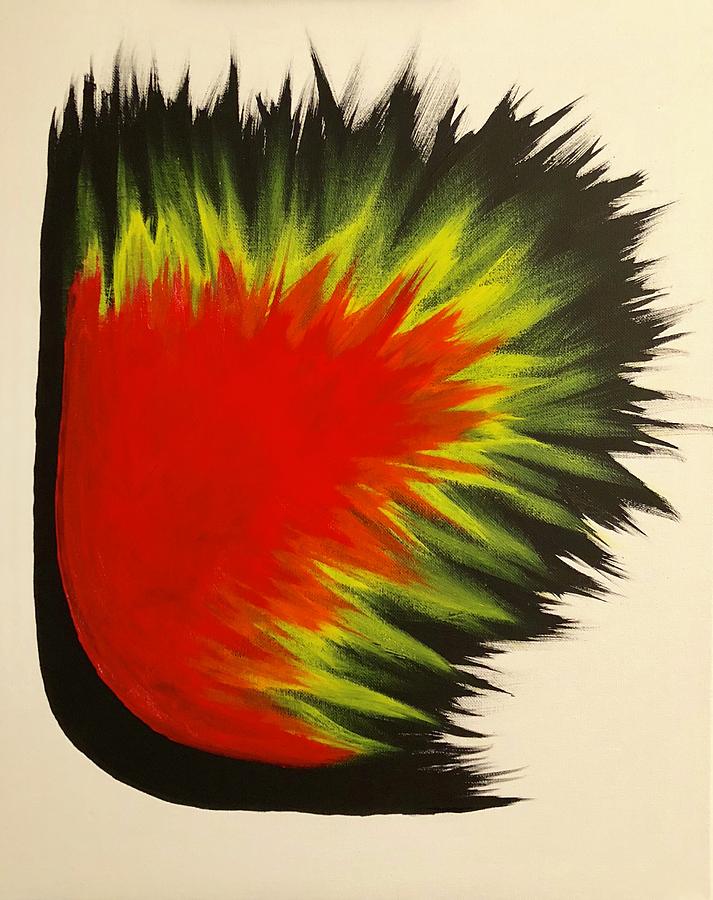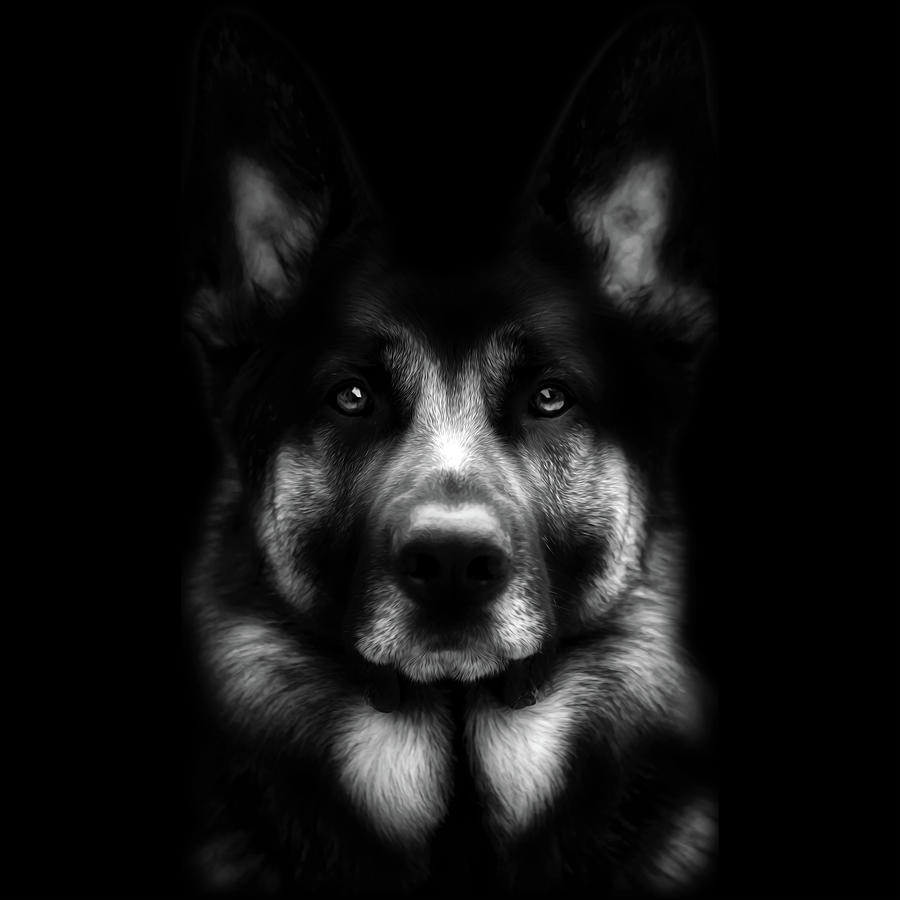

Some colors are also either absorbed or reflected. This spectrum of light consists of red, orange, yellow, green, blue, indigo, and violet. Briefly, color is a form of light waves that reach our eyes, which has specific photoreceptors in them that allow us to see the spectrum of “visible light” as it is often referred to. Ignaz Schiffermüller’s attempt at a color system (Vienna, 1772), plate I Moses Harris, The Natural System of Colours and Ignaz Schiffermüller, Versuch eines Farbensystems (Vienna, 1772), plate I, Public domain, via Wikimedia Commonsįurthermore, there is a science to color. These include the degrees of saturation/intensity, which is about how “bright” or “dull” a color is color temperature, which includes how cool or warm a color appears as well as the mood created color tones, tints, and shades, which is when gray, white, and black is added to a color, and color schemes that incorporate the primary, secondary, and tertiary colors. There are several important parts and concepts to be aware of about how color can be used in art. What determines these different color effects? We can see colors applied in a myriad of ways and effects in artworks, from faint, dull, bright, blurry, sharp, textured, contrasted, bold, naturalistic, and abstract, making us feel joyful, sad, melancholy, scary, and the list goes on.

Before we go further into value as an element of art, let us provide more context on how it relates to color. Value in art is closely linked to color, forming part of one of the characteristics of how color can be applied in artworks. In other words, the art principles here determine how the art elements will be used. Lines can also be applied in patterns that provide a rhythm. The art elements do not only apply to paintings, but to any medium like sketching/drawing, sculpting, graphic designing, interior decorating, architectural spaces, and structures, or even drawing in the sand with your toe.Īnother example includes using horizontal lines to convey the idea of movement.

These can all be utilized in conjunction or isolated to create a wide range of artworks from anything from naturalistic to abstract. The art elements are color, value, texture, shape, form, line, and space. To understand more about how value works in art, let us provide a brief overview of the other art elements. There are seven common elements of art in the visual arts, which act as formal tools for artists, and art historians, to produce and analyze artworks.

We argue that statistical regularities in art are rooted in the need to make art visible to the eye, not in the inherent aesthetic value of natural-scene statistics, and we suggest that variability in spatial statistics may be generally imposed by manufacture. Although artists deviate slightly from reproducing natural statistics in abstract art (compared to representational art), the great majority of human art likely shares basic statistical limitations.
#INTENSITY IN ART FULL#
A test of the full painting collection (140 images) with respect to the works' place of origin (provenance) showed significant differences between Eastern works and Western ones, differences which we find are likely related to the materials and the choice of background color. All categories showed basic spatial statistical regularities similar to those typical of natural scenes. Basic statistics for images whose caterogization was agreed by all judges showed no significant differences between those judged to be 'landscape' and 'portrait/still-life', but these two classes differed from paintings judged to be 'abstract'. But does the content or region of origin of an artwork affect its statistical properties? We addressed this question by having judges place paintings from a large, diverse collection of paintings into one of three subject-matter categories using a forced-choice paradigm. Two recent studies suggest that natural scenes and paintings show similar statistical properties.


 0 kommentar(er)
0 kommentar(er)
